The surface ocean is a busy place, with ships crossing, storms churning, and satellites monitoring everything from above. But below the top 1,000 meters, a hidden fleet of robotic devices is listening for signs of stress inside the planet’s largest life-support system.
According to new research published in Nature Communications, marine heatwaves are interfering with the ocean’s ability to transport carbon from surface waters into the deep, where it can be stored long-term. That science depends entirely on autonomous “biogeochemical” profiling floats that drift and dive through the ocean, collecting data in near-real time as part of the U.S.-led Global Ocean Biogeochemical (GO-BGC) Array, headed by the Monterey Bay Aquarium Research Institute (MBARI) in California.
These cylindrical, pressure-resistant devices are encased in aluminum and packed with bio-optics, a GPS/Iridium antenna, and lithium or hybrid batteries. They monitor key biological, physical, and chemical properties—hence their biogeochemical name—including oxygen, pH, nitrate, suspended particles, chlorophyll, and temperature, conductivity, and depth. MBARI has deployed more than 330 robots worldwide with advanced biogeochemical sensors, joining a larger fleet of 4,000-plus Argo floats across an international network that started 26 years ago.
“I describe them as measuring the metabolism of the ocean,” says MBARI Senior Scientist Ken Johnson, who co-authored the new study and serves as lead principal investigator for the GO-BGC program. “If you aren’t feeling well and you go to the hospital, they don’t immediately throw you in for an MRI. They take your vital signs, and that’s what these floats do.”
Ocean Carbon Cycle Tracking
Understanding how far carbon-rich particles sink is central to tracking the ocean’s carbon cycle, its metabolic engine. BGC-Argo floats can detect oxygen levels deep in the ocean, helping scientists pinpoint where and how bacteria are breaking down sinking organic matter. In the Gulf of Alaska, carbon rarely makes it very deep before returning to the atmosphere. But in the Southern Ocean, it spreads far deeper, making that region a more powerful carbon sink.
It has been historically nearly impossible to monitor the full depth of the ocean’s carbon-transport processes continuously. Satellite sensors are largely limited to the surface and upper sunlit layer of the ocean, and cannot directly observe deeper water columns. High-precision ship-based surveys provide detailed data but are restricted by schedules, weather, and cost.
“The key is having these chemical and biological sensors running in the background, telling you how one year is different from the next,” Johnson says. “You just can’t understand how the ocean responds to multiple heatwaves by going out on a ship for a couple of weeks. But the floats will do it all year round, even on Christmas and…
Read full article: Ocean Robots Monitor Deep Carbon Transport

The post “Ocean Robots Monitor Deep Carbon Transport” by Shannon Cuthrell was published on 10/28/2025 by spectrum.ieee.org











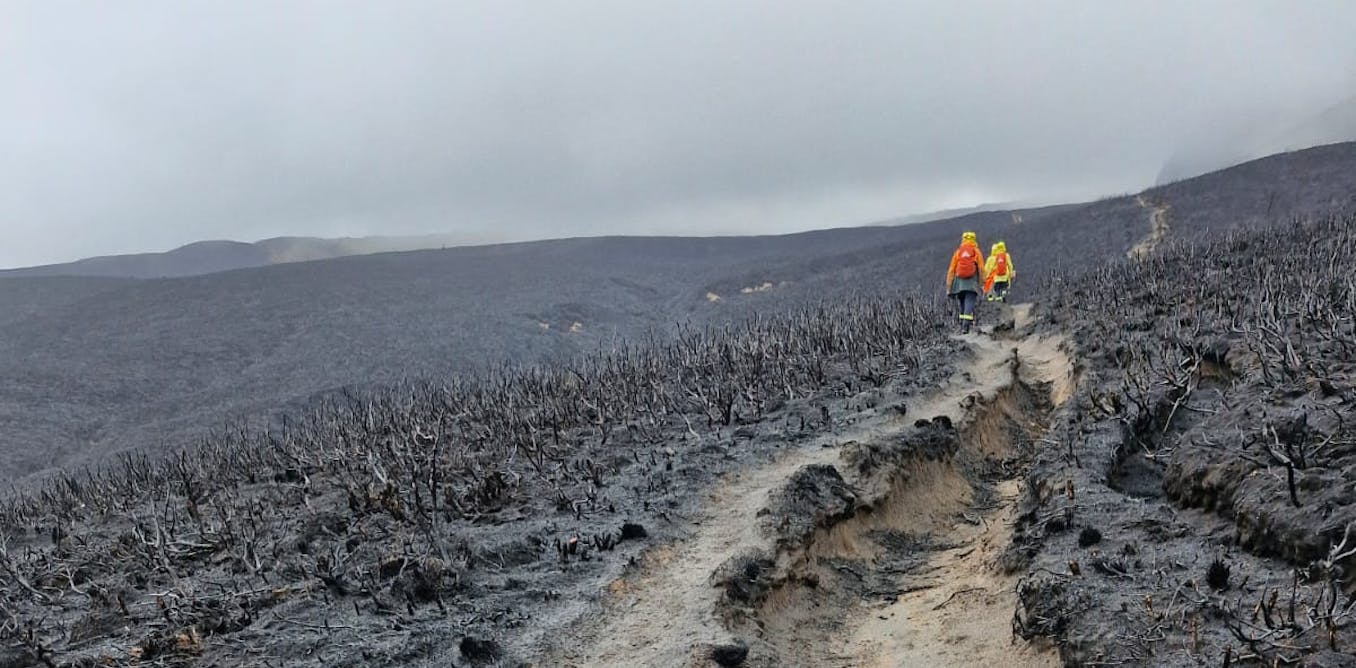
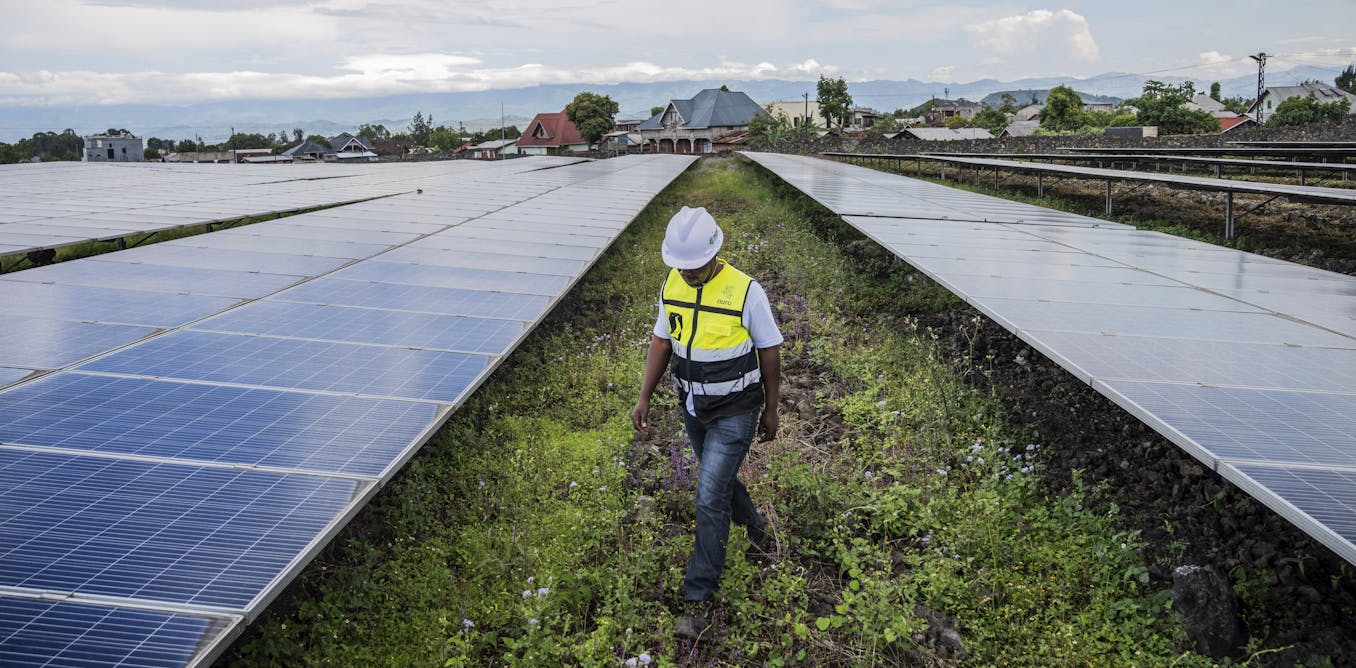
















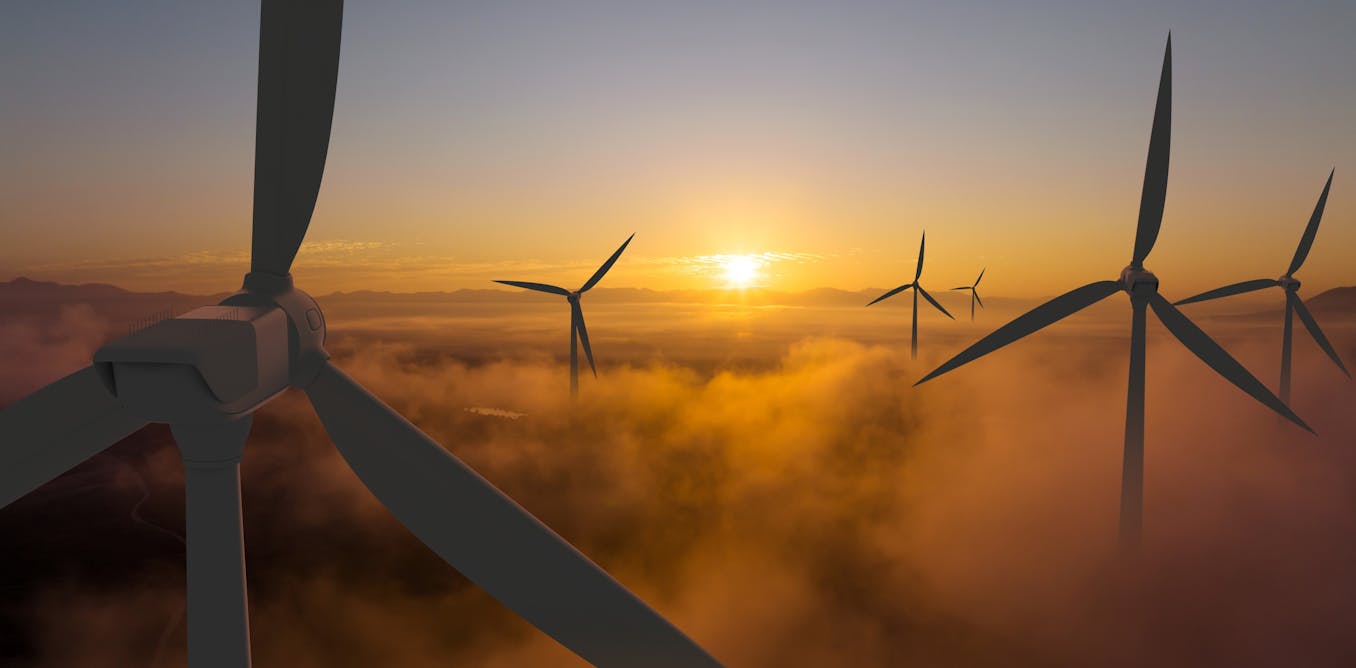
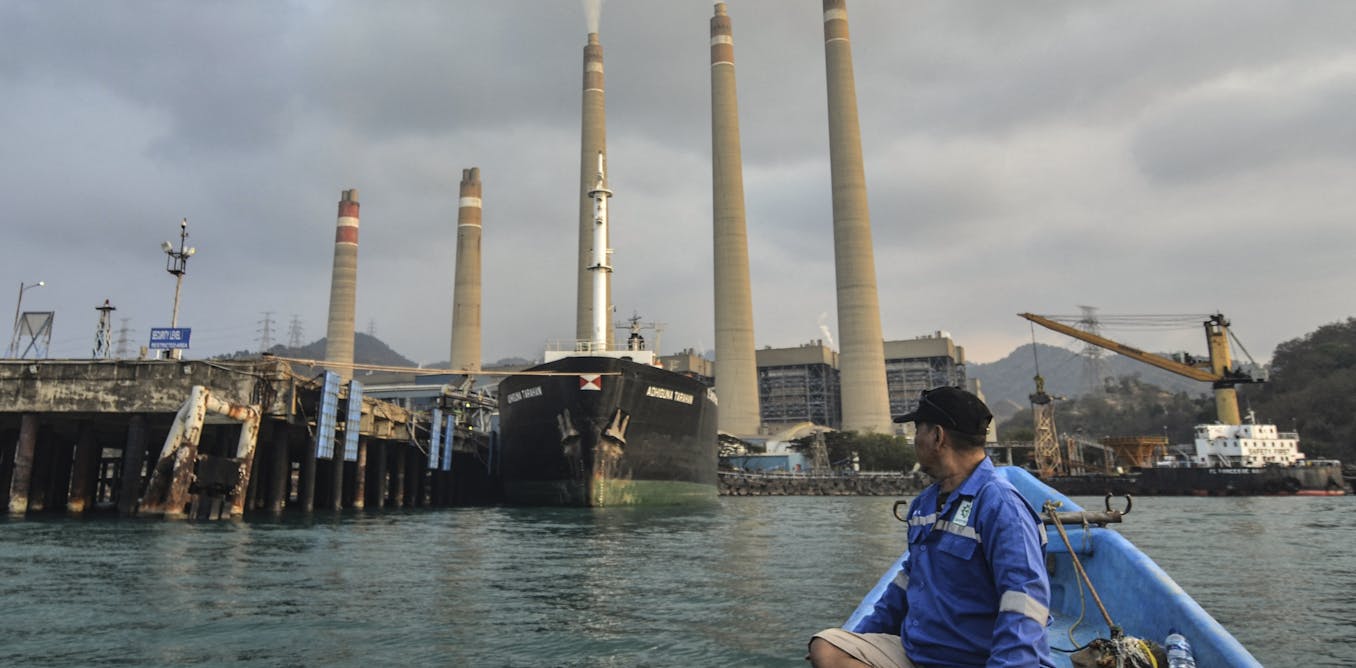
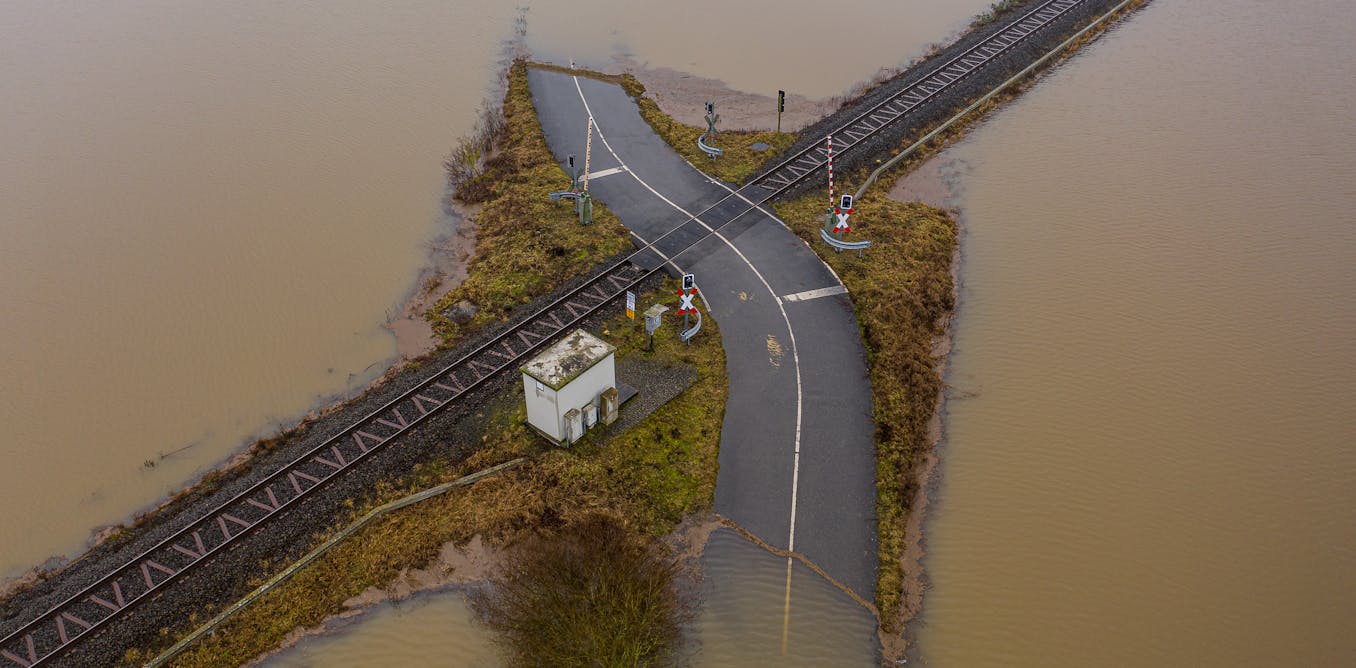

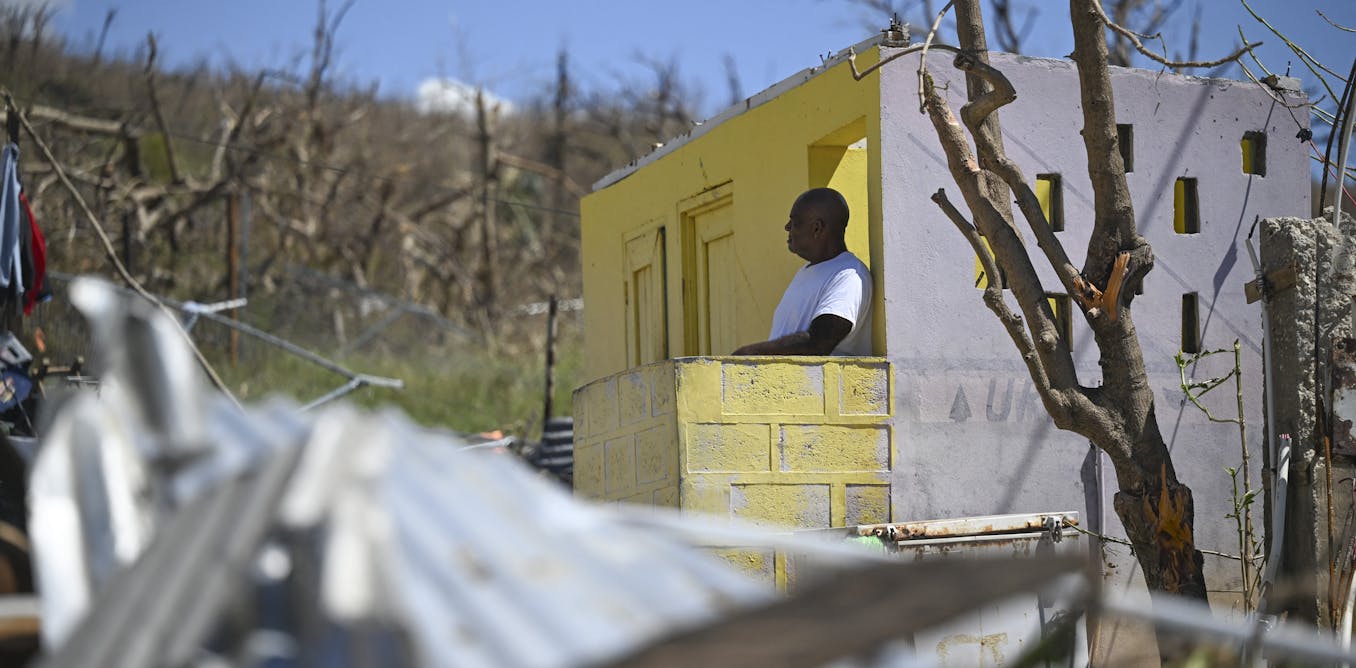
Leave a Reply